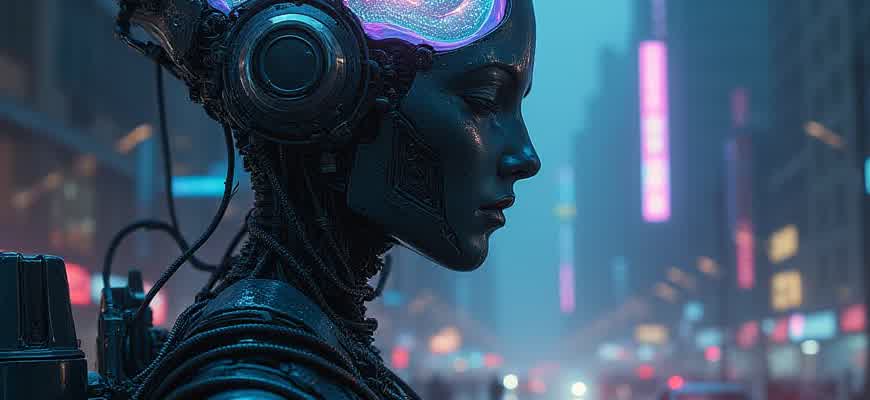Deepfake Dance Maker

Recent advancements in artificial intelligence have led to the emergence of software capable of creating lifelike dance performances using deepfake technology. These tools analyze and replicate human movement with impressive precision, enabling users to create virtual dancers performing any routine with real-world accuracy. This process involves using large datasets of recorded motions to train AI models, which then generate new, realistic sequences based on a given set of inputs.
The process of creating a deepfake dance typically follows several steps:
- Collection of motion data through motion capture or video footage of real dancers.
- Preprocessing the data to extract key movement features like joint positions and body angles.
- Training deep learning models on these features to map the learned motions onto virtual characters.
- Generating the final dance sequence and applying it to the target video or avatar.
"Deepfake technology enables the creation of entirely new forms of entertainment and digital art, where choreography can be dynamically generated and adapted for any purpose."
Such technology has immense potential across various industries, from video production to virtual reality experiences. It could also revolutionize online content creation by giving anyone the ability to produce high-quality dance performances without the need for actual performers.
| Benefits | Challenges |
|---|---|
| High accuracy in movement replication | Ethical concerns regarding misuse |
| Wide range of applications in entertainment and education | High computational cost |